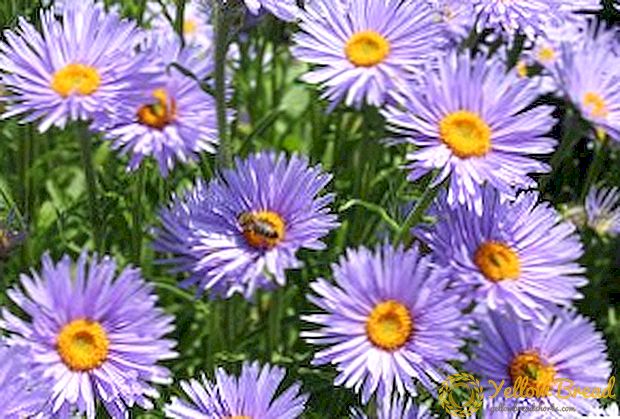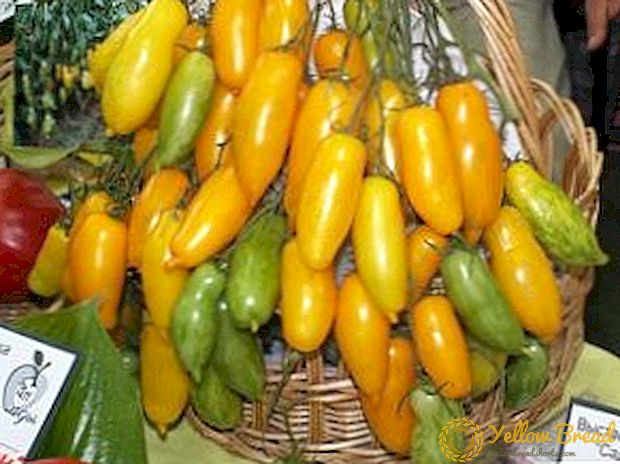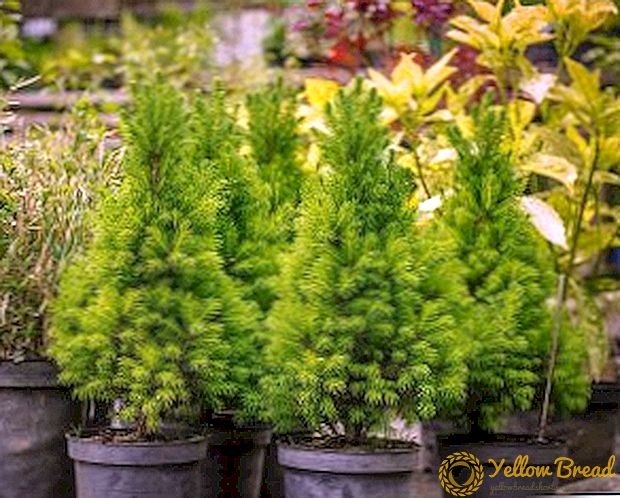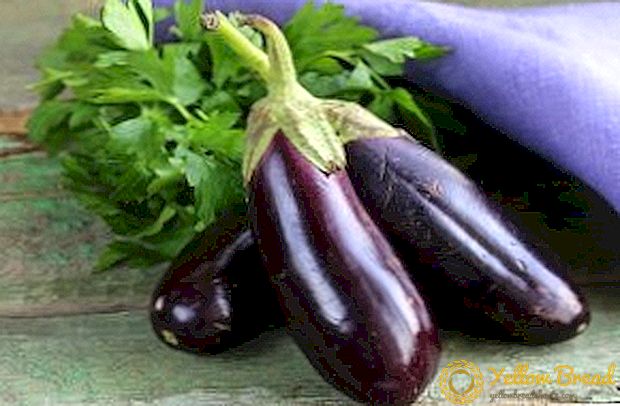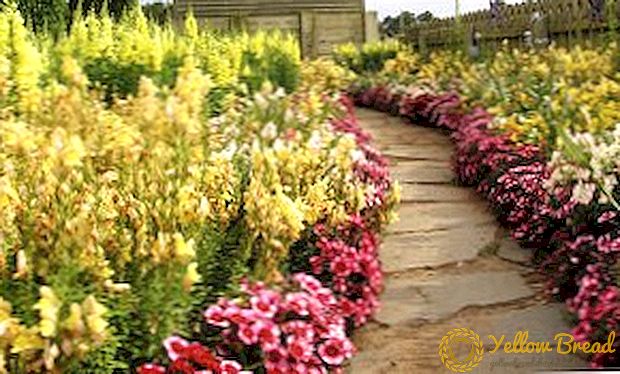 The primary meaning of the word "bonsai" in Japanese sounds like "what is grown on a tray (dish)" or as "a plant on a dish or tray." In modern reality, the word "bonsai" means a miniature tree, an exact copy of an ordinary tree or plant. In the article, you will learn what a Japanese bonsai tree is and how to grow it from seed at home.
The primary meaning of the word "bonsai" in Japanese sounds like "what is grown on a tray (dish)" or as "a plant on a dish or tray." In modern reality, the word "bonsai" means a miniature tree, an exact copy of an ordinary tree or plant. In the article, you will learn what a Japanese bonsai tree is and how to grow it from seed at home.
- Art bonsai
- Are all plants suitable for growing?
- Leafy
- Fruit
- Conifer
- Features of the choice of seeds
- Suitable soil
- Basic landing rules
- How to slow down tree growth
- Proper care
- Possible difficulties in growing
Art bonsai
Usually, when people hear about bonsai, they immediately think of Japan. That's just the roots of this art goes to the cultural heritage of a completely different country - China. 

The number of bonsai styles reaches over thirty. First of all, we should consider the classical styles that underlie art. They focus mainly on the external component in order to bring the miniatures as close as possible to their natural counterparts. What is bonsai, you can best understand this photo.
Tökkan refers to the formal vertical styles. Their features include a straight trunk: wide at the base and tapering closer to the top.The style is suitable for most types and types of trees, because it is a classic. Tökkan is a symbol of unbreakable vitality and proud loneliness. 
Moyogi also applies to representatives of the vertical form. It is extremely popular with most bonsai gardeners. Such an extensive interest is related to the fact that the structure of the style is not limited to rules or certain canons. The shape of the branches is not governed by a clear design. The only condition - the tip, which must grow perpendicular to the ground. As a rule, such a bonsai has the shape of a letter S. At each new bend there are many branches. The style is a symbol of refined simplicity, unyielding resistance to various circumstances, and also a symbol of freedom. 
Sykan refers to the oblique style. Its difference is the trees growing at an angle toward the earth. This style is a good solution for many species. It is a symbol of opposition to the wind or the craving of a tree toward the sun when it grows in the shade. 

Kangai refers to cascading styles. Its feature is expressed in the creation of the illusion of a tree that grows on a sheer precipice and with all its strength resists the circumstances, adjusting to the conditions. To do this, choose flexible rocks, the trunk of which bends well and is easily formed. You can choose between cotoneaster, pine, pyracanthus or juniper. It is a very simple symbol, demonstrating the plasticity of plants in different conditions. 
Bundes is a representative of old styles that are incredibly complex. Outwardly, such a dwarf looks like this: it is devoid of lower branches, and the curved long trunk ends on top of the crown. Its branches form in the form of a calligraphic sign. Symbolizes the air elevation in the tradition of Japan. For miniatures of this format they use coniferous and broad-leaved trees. 
Are all plants suitable for growing?
Gardeners with experience find ways to adapt and successfully grow various plants in indoor conditions. Therefore, out of excitement and interest, they grow bonsai from small seeds. Enthusiasts are not even afraid that this is a long and painstaking process. For beginners, it is better to take ready-made copies and just maintain their appearance. This is due to the fact that not everyone knows how to grow a bonsai tree from a seed. However, both those and others are faced with the question of choosing a plant.
Leafy
In the case of leafy trees, gardeners mainly choose beech, hornbeam, willow, birch, Norway maple, oak, ash, and sometimes ficus. 
Fruit
If you want to grow bonsai using fruit trees, then plum, apple or hawthorn will do. 
Conifer
Among the coniferous trees you expect a decent variety. As a rule, Korean fir, Chinese juniper, Himalayan cedar, Japanese cryptomeria, common or black pine are chosen from them. Folded thuja, Japanese and European larches are also popular. 
Features of the choice of seeds
When choosing a seed there are some features. First of all, seeds must be fresh, no more than two years. Ideal if they are about a year old. Secondly, the seeds must have the germination of the proper level. At home, you can easily create conditions of natural aging. To do this, you need to freeze the seeds in the refrigerator in the winter time. Then, with the first warming, the seeds must be immersed in warm water and allowed to stand for six hours. Then they are removed in a bag and stored for three days at room temperature.
Suitable soil
For the proper cultivation of bonsai use a special soil - heavy, able to retain moisture substrate. The soil is divided into tiny fractions of only 5 mm. This soil perfectly passes the air and contains a huge amount of nutrients that are so necessary for the growth of the tree. This substrate is called Akadam Here only in its pure form it is used extremely rarely. 
As a rule, based on it create a mixture, to which is added sand, clay and humus. Place the soil in small ceramic containers with a large diameter. This form is well suited for growing miniature plants. This is due to the fact that outside the roots feel great in open space and easily absorb minerals from the air.
Basic landing rules
After three days of "rest" for the fourth, the seeds will swell. This will prove their viability and readiness for planting. Empty copies must be selected and discarded. 
Sprouted seeds should be placed in special pots. They must be completed as follows:
- a mixture of sand and humus in a ratio of 1: 2;
- 1 cm of Acadam.

After all the procedures, seedlings are covered with a film, thereby creating a greenhouse effect. The optimum air temperature is about 15 ° C.
How to slow down tree growth
They begin to form bonsai approximately in the second or third year from the moment of planting (see the circumstances).
However, the question here is how to slow down the growth of a new tree.
First of all, the plant needs to be transplanted into a pot and cut the roots that grow straight. The priority is horizontal roots. Along with straight roots, the sick and the weak are also cut out. In the future, during the next transplant, it will be necessary to prune the roots again. 
Another option would be to transfer to the soil, poorly saturated with nutrients. The composition of this soil is quite monotonous: peat, loam and rotten leaves. Often there is added coarse sand or small pebbles.Given that such a substrate provides the minimum needs of the plant, it significantly contributes to slower growth.
You can still drag the trunk wire to slow down and thickening. Wrap is not the entire length, but only a certain area. Then, when it begins to interfere with the development of your plant, it can be removed and bandaged another section. This technique can be used when forming the side branches. In this case, the wire plays the role of a clamp.
Also, as an option, You can reduce the flow of juices. To do this, it is necessary from time to time to cut wood in different places. To heal and tighten its wounds, the plant will flood the cuts with juice. As a bonus, beautiful bursts can appear on the bark. 
The latter method is not suitable for everyone. He is pruning branches. For the first time it needs to be done immediately after the appearance of the kidneys in early spring. Cut off at the level of two outlets from the trunk. The branches disturbing each other are also removed. In the period of pruning on the tree should not be flowers. Otherwise, transfer the procedure to completion of flowering.

Proper care
A bonsai is a tree that needs in the care and proper cultivation. First of all, you need to ensure that the ground was always wet. Another condition is good air circulation in the soil. This can be done in two ways: from time to time, open the film or make holes in it. As soon as the first leaves appear, the young seedlings are immediately opened. Then you need to continue to care for her until the number of leaves increases to four. When they reach this mark, the seedlings can be safely transplanted into a ceramic pot.
The next step will be pruning the main root - leaving only one third of it. Feeding should be carried out regularly. The first time the procedure is carried out after a month and a half after making the picks. Then you need to feed weekly. At the initial stage, a fertilizer with a low nitrogen content is used for this. Subsequently, his percentage increase. Closer to the beginning of winter, they usually go on to top dressing, which is more balanced. 
Direct sunlight is detrimental to the plant. It is also necessary to protect it from radiators, drafts. Excessive heat or gusts of air can adversely affect it. If you follow these rules, then problems and difficulties should arise. 
Possible difficulties in growing
Bonsai requires tremendous effort and hard work. Those who first encounter this plant may experience some difficulties. The first problem is dehydration. Initially, it is difficult to adjust how much water your tree needs, but if its leaves suddenly turned yellow and began to fall, first of all pour it on top, as usual, and then put it for ten minutes in a small container with water. The plant itself will fill the shortage.
May be the opposite effect. With this problem, the soil is saturated with moisture and covered with moss. In this case, simply transfer it to another soil and water more moderately. If you find dead roots during transplantation, be sure to cut them off.
Sometimes the following problem occurs: for some reason, the tree does not absorb water, and it remains on the ground surface. This can happen if you picked up the wrong substrate or if there were pests in it. First of all, you need to remove the plant and change the soil. Be careful: you must not disturb the roots! If the substrate remains on the roots - everything is in order, it is better than breaking something. Then place the bonsai in a bowl of water that has been treated with an insecticide. After these measures, he must go on the mend. Bonsai - very complicated art but it will surely pay for itself with its beauty. Most importantly - follow the rules of care.

